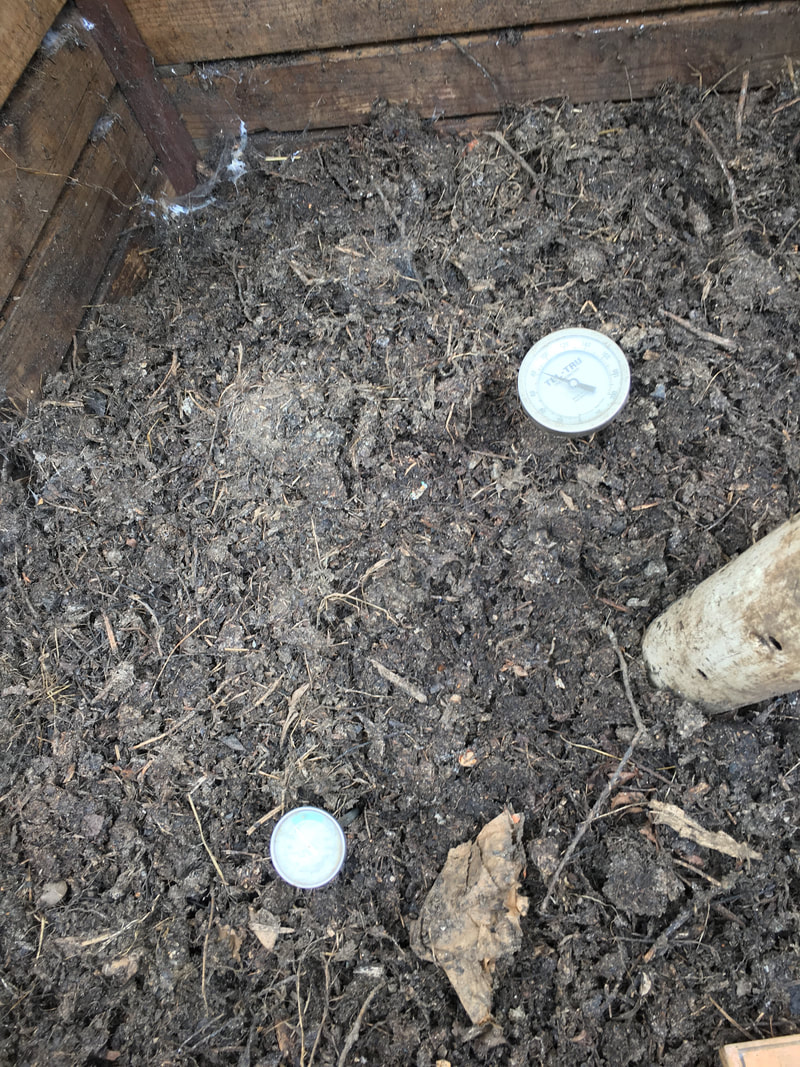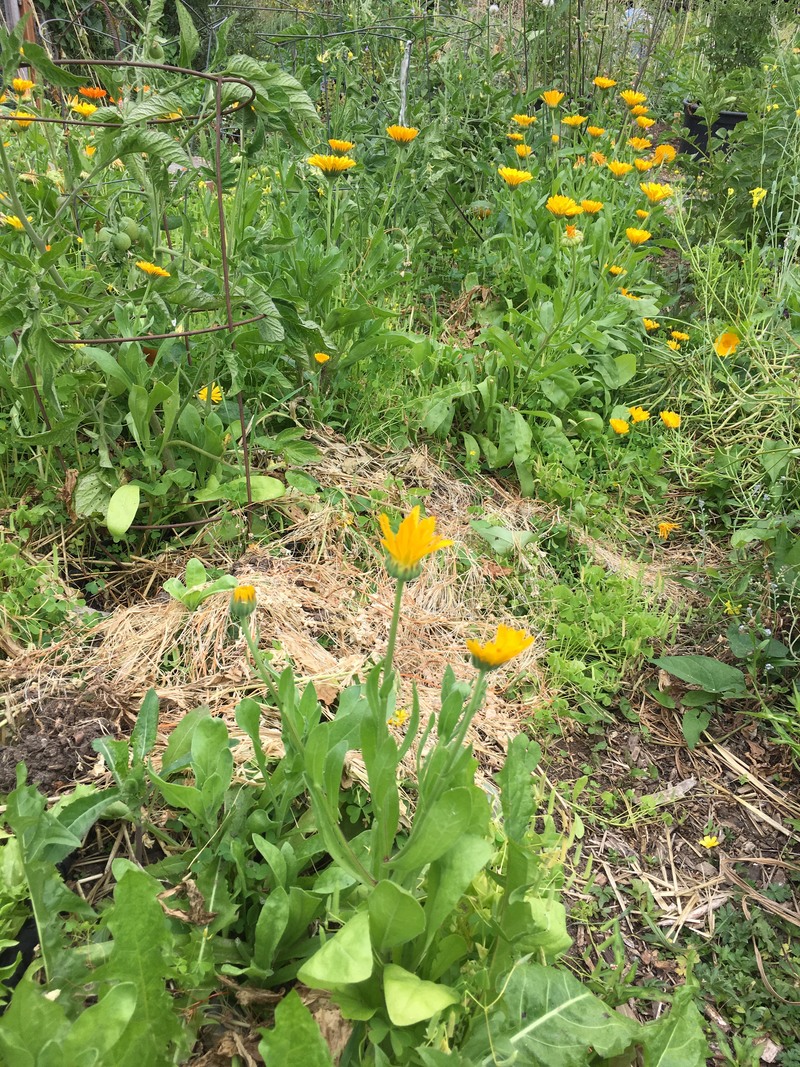| My time at Songaia and 21 Acres so far has been very interesting and enlightening. I am coming into this internship with almost no real knowledge of gardening practices or background in permaculture, so every day I get to experience and learn something new. I came into this thinking it would be a much more formal learning experience, but it has instead turned out to be a very experiential and experimental learning experience which is perfect for me and I am very grateful for. I have spent my first few weeks getting oriented to the spaces I am working in and adjusting to the type of work, garden philosophy, and a new schedule. | To be honest, I’ve been pretty worn out these last few weeks but in a good way. |
| Of all the things I have been experiencing and learning, the thing that really stands out to me in these first few weeks is the approach to soil health that has been taken in the Songaia garden. Instead of focusing on making sure everything looks very clean and pretty, instead you will find piles of rotting weeds and many different plants of all different sizes and ages growing in the beds together. There is a large focus on what is actually good for and natural for the soil and the plants. This is in direct alignment with the permaculture philosophy of learning from nature and working with it instead of against it. | This practice helps to keep nutrients cycling within the soil and reduces the need for weed control since other plants are already established and shading them from the sun the need to grow. It also helps immensely to keep the soil nice and loose, which is necessary for a vegetable garden to function properly. On top of all of this, the decaying material also works to feed the microorganisms in the soil so that they can both thrive and support the growth of food. |
| I have learned a few different methods of composting, for instance a method called the Berkeley Method and the Bokashi method, and how and when to utilize them. I have also learned a few of the principles, designs, and systems utilized in permaculture, such as “Water, Access, Structure” which refers to the successive steps of planning a new permaculture garden, keyhole and spiral gardening designs which maximize area utilization and water efficiency, and supporting soil structure and life in a way that emulates the natural process. So far, I am very pleased with how things have been going and what I have been learning and experiencing. I’m looking forward to the next few months working at Songaia and 21 Acres. |





 RSS Feed
RSS Feed